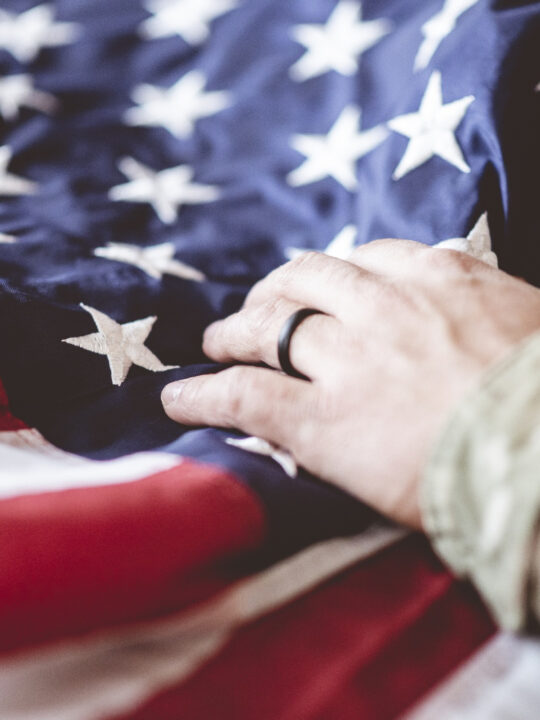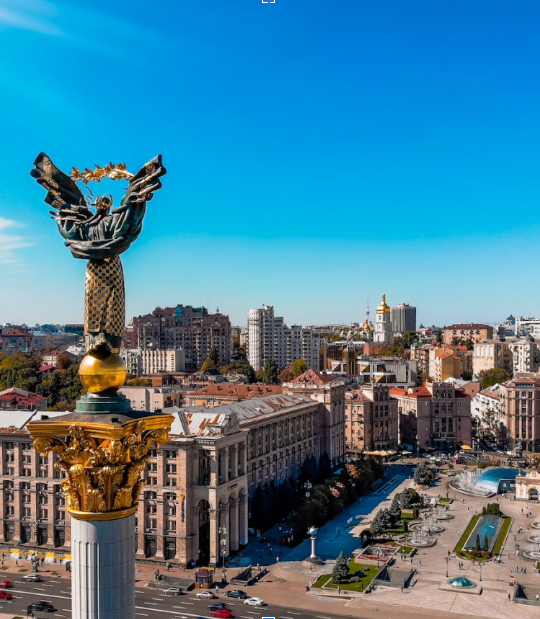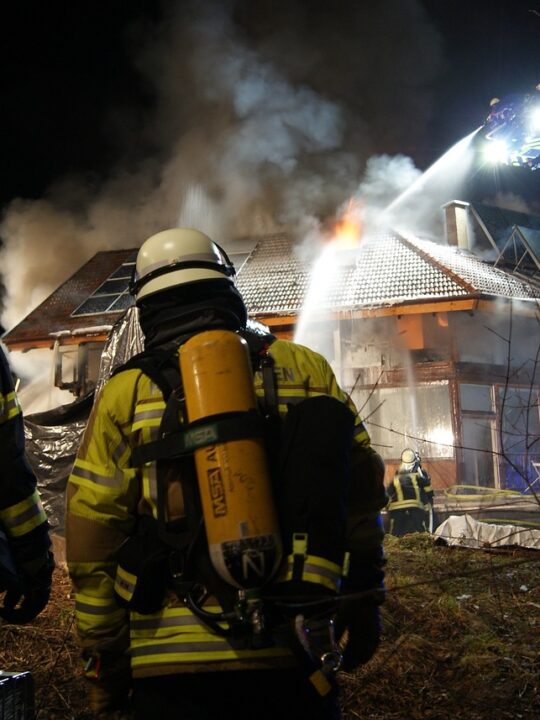Were you aware that 95% of organizations have some form of agile process in place? In today’s fast-paced business environment, organizations are continually seeking ways to stay competitive and deliver value to customers efficiently. Many have turned to Agile methodologies to achieve these goals, but for large enterprises, implementing Agile at scale can be a daunting challenge.
Enter the Scaled Agile Framework (SAFe), a comprehensive approach that addresses the complexities of scaling Agile practices. In this article, we’ll answer the question “what are the three levels of the scaled agile framework?”
Table of Contents
Team Level
The bedrock of SAFe is the Team Level. This level emphasizes the core principles and practices of Agile. Every individual Agile team operates and employs methodologies like Kanban and Scrum.
Team levels are made up of around 5-11 members and they are cross-functional. This means that they work collaborative to deliver tangible increments of the products that are also high quality.
During the Team Level Agile teams need to adhere to ceremonies like Daily Standups, Sprint Planning, Sprint Review, and also Sprint Retrospective. The ceremonies help with improving along the way and also ensuring that all the teams are aligned with the vision of the product and the needs of the customer.
Teams are able to respond rapidly to any change requirements by promoting accountability and self-organization. It is important for all team members to be trained and well-versed. We recommend learning more on leading safe training to ensure that everyone’s safety is top of mind.
Program Level
This is the second layer of the agile framework, and it is considered the most significant of all the levels we are covering today. The focal point of the program level is the Agile Release Train (ART).
The Agile Release Train is made up of between eight and ten team members. These members are responsible for providing value in each specific project. There is always a certain aim in mind with ART.
One of the main characteristics of the Program level is that the Program Backlog is always under review and being updated. The main goal is to prioritize the most important items at the top and set them.
Portfolio Level
All the organization’s goals are stated at this stage of SAFe. This is where the emphasis is completely straightforward as far as the value, purpose, and priorities are clear.
During the portfolio level a PMO (Portfolio Management Office) is in charge of overseeing Lean techniques along with SAFe. Midsized firms will have a portfolio that fits the entire organization while a larger business or organization will tend to have multiple portfolios.
For example, a bank will have portfolios like a personal loan department, a credit card division, a home loan department, etc.
At the portfolio level, strategic decisions are made concerning which initiatives and epics to invest in, ensuring that resources are allocated to the most valuable projects. The goal during this level is to focus on the most impactful initiatives.
This focus will allow a business to make data-driven decisions. These decisions will allow the organization to drive up their success. The entire vision of the company will align with the Team and Program levels carrying out the work.
Creation of New Products
Portfolio level teams will perform different activities to help in the creation of any new products. This team will educate teams on both Lean and Agile techniques. The team will also be in charge of making sure that the appropriate plans are being carried out.
Portfolio teams will take the time to examine the value that is being provided, and they will calculate the efficiency of the portfolio.
Value Stream Layer
This is an extra added level in SAFe version 4.0. The value stream layer is a key organizational construct. In this layer the focus is on optimizing the flow of value through the entire software development.
A value stream represents all the steps and activities involved in taking a customer need and transforming it into a tangible product or service. It includes the entire development lifecycle, starting from the initial idea through to its delivery and ongoing support. The value stream identifies the various stages, stakeholders, and processes involved in the creation of value.
Organizations using SAFe identify and define their value streams. A value stream can be related to a specific product, service, or business line. It allows the organization to gain a clear understanding of the end-to-end flow of work and value delivery.
Value stream mapping is a visual representation of the value stream’s flow. It helps in understanding the current state of the value stream, identifying bottlenecks, and areas of improvement. The mapping exercise often involves various stakeholders collaborating to analyze and optimize the value delivery process.
In SAFe, an Agile Release Train (ART) can also be considered a value stream. The ART consists of multiple Agile teams that work together to deliver value in the form of potentially shippable increments.
Now You Know What Are the Three Levels of the Scaled Agile Framework
As you can see the Scaled Agile Framework (SAFe) offers a comprehensive solution for enterprises looking to scale Agile practices successfully. Now you know what are the three levels of the scaled agile framework and that it’s important to embrace all three levels to achieve alignment, collaboration, and efficient delivery of value.
The Team Level lays the groundwork for Agile principles, the Program Level coordinates the efforts of multiple teams, and the Portfolio Level ensures strategic alignment. With SAFe’s multi-level approach, large organizations can navigate the complexities of scaling Agile and stay competitive in an ever-evolving business landscape.
If our guide helped you out today, make sure you keep browsing this section for our latest helpful guides.







